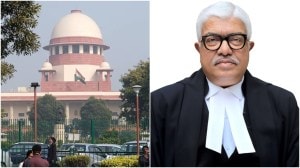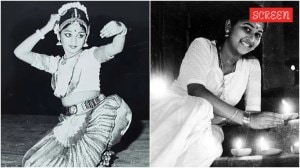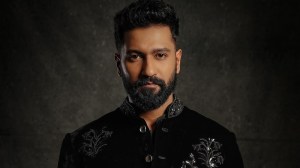Do these patriarchs really care?
There is a complete invisibility of women's issues in even the lip service political parties pay to Muslim concerns. Political rhetoric i...

There is a complete invisibility of women’s issues in even the lip service political parties pay to Muslim concerns. Political rhetoric is generally based on the assumption that the Muslim community is neither gendered nor culturally variegated. This premise informs the political construction of a community leadership which is inevitably male and located in the narrowly defined class of ulema (religious head). Thus muftis of towns and mullahs of mosques are seen as the repositories of the community’s best interests and its sole spokesmen. Alongside, even though we do not have religious electorates, Muslim MPs are invariably viewed by political parties as representatives of their religious community. This was most clearly evident in the Congress government’s handling of the Shah Bano case in 1986, and more recently in the demand from Muslim MPs for a quota for Muslim women within the proposed Women’s Reservation Bill. In both these cases the opinion of the Muslim partiarchs received political attention even aswomen demonstrated against the unrepresentative character of the self-styled champions of their interests.
On Shah Bano’s plea for maintenance from her ex-husband the court ruled that Muslim women fall within the purview of Section 125 of the Criminal Procedure Code that requires husbands with sufficient means to pay maintenance to wives or ex-wives who are unable to support themselves. The All India Muslim Personal Law Board, which has an almost negligible women representation, and a batch of Muslim MPs spearheaded a crusade against the judgment. Their opinion was taken by the then Congress government to be representative of the entire community. This resulted in the passing of the Muslim Women’s Bill (1986) which removed Muslim women from Section 125 of the Criminal Procedure Code which ensures maintenance to all women divorcees irrespective of their religion. Once again, Muslim patriarchs who in 1986 pushed for the passage of the retrogressive Muslim Women’s Bill are demanding a quota for Muslim womenwithin the proposed Women’s Reservation Bill. This time again their demand does not derive from their concern for the Muslim women. Indeed Muslim women are apprehensive about the social implication of the quota which they fear will only complement their legal compartmentalisation ensured by the Muslim Women’s Bill of 1986.
Theirs is a mutually beneficial relationship between the politicians and the male bastions within the community. Political patronage, even if it comes sparingly, adds to the power and prestige of the religious leadership.
Why have Muslim women allowed this power game to continue for so long? To a large extent the growth of communalism has influenced the choices women have made on those issues of law and politics that affect their lives. Ever since the demand for quota for Muslims was first made in 1909-10 the consciousness of one’s community identity defined in religious terms has only intensified. The partition of the country only added to this trend and the Hindutva politics of thelast two decades saw its rise to its highest point. Today Muslims are more sensitive than ever about being a religious minority. For women the overbearing concern with their minority community status intersects with their gender identity.
This poses a serious dilemma for all classes of Muslim women. Their response to being used as political pawns both within and without the community is punctuated by the following concerns: Is the political timing for airing a critique in the gender imbalance in personal laws correct? Do they run the risk of providing yet another plank to the BJP? Is it fair to publicly scrutinise the juridical sphere of an already beleaguered Muslim community?
These uncertainties are revealed in the shifting and often diluted stands Muslim women groups have taken on the Uniform Civil Code. But while women have shown remarkable restraint the male-dominated community forums have used their dilemmas to structure imbalanced gender relations. What is the difference then between women livingin Islamic theocratic states like Iran, Afghanistan and Pakistan, and liberal democracies like India? Does the absence of an `Islamic’ dress code in India mean the non-existence of the power play enacted at the cost of sacrificing women’s interests? One would think not.
The writer is an associate professor of history at Jamia Millia, New Delhi



- 01
- 02
- 03
- 04
- 05




























